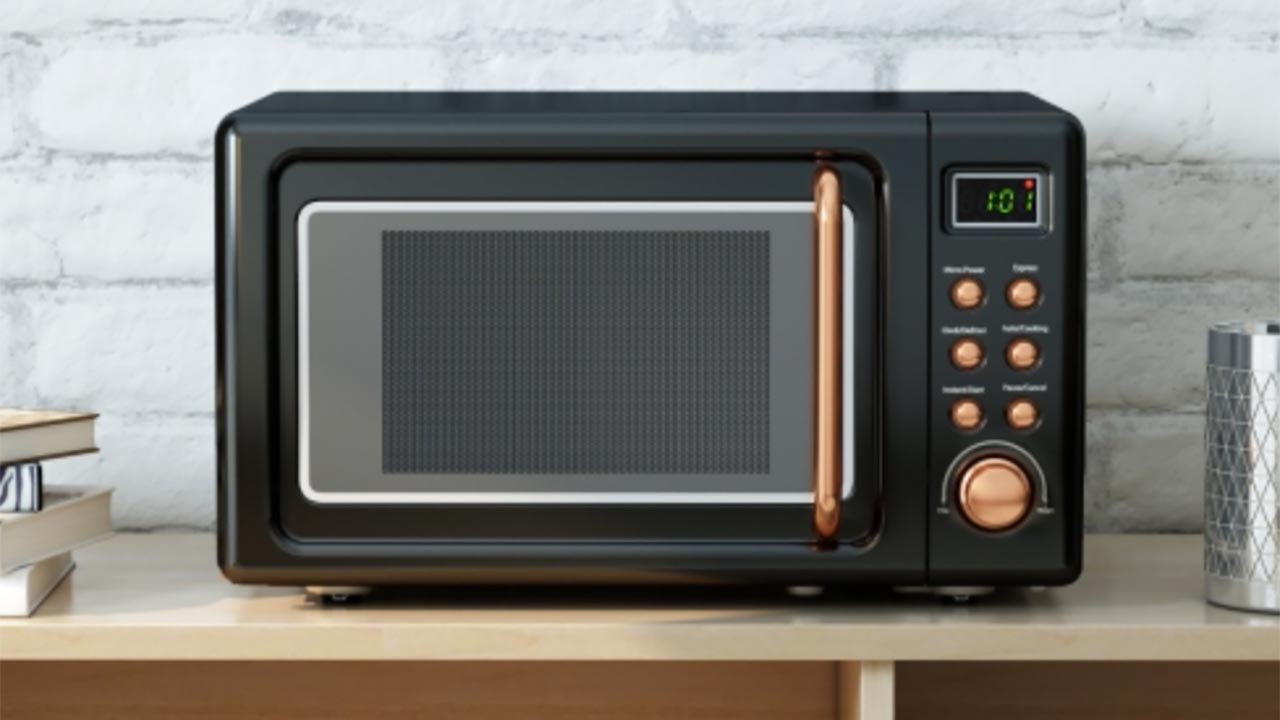
It’s tempting when searching for the perfect microwave for your kitchen to look for the model that has all of the features you want and comes in at the right price, then end the qualifications there. But then the dreaded happens: you arrive home only to realize that the small appliance doesn’t fit in the space where you intended to place it. That can be a real drag. But it’s easily rectified by taking and jotting down a few measurements ahead of time along with following a few other handy tips.
Looking to get a microwave for the kitchen? Here are a few steps to follow before finalizing a purchase to make sure it will not only fit your needs but also your kitchen.
1.Choose where you want it to go
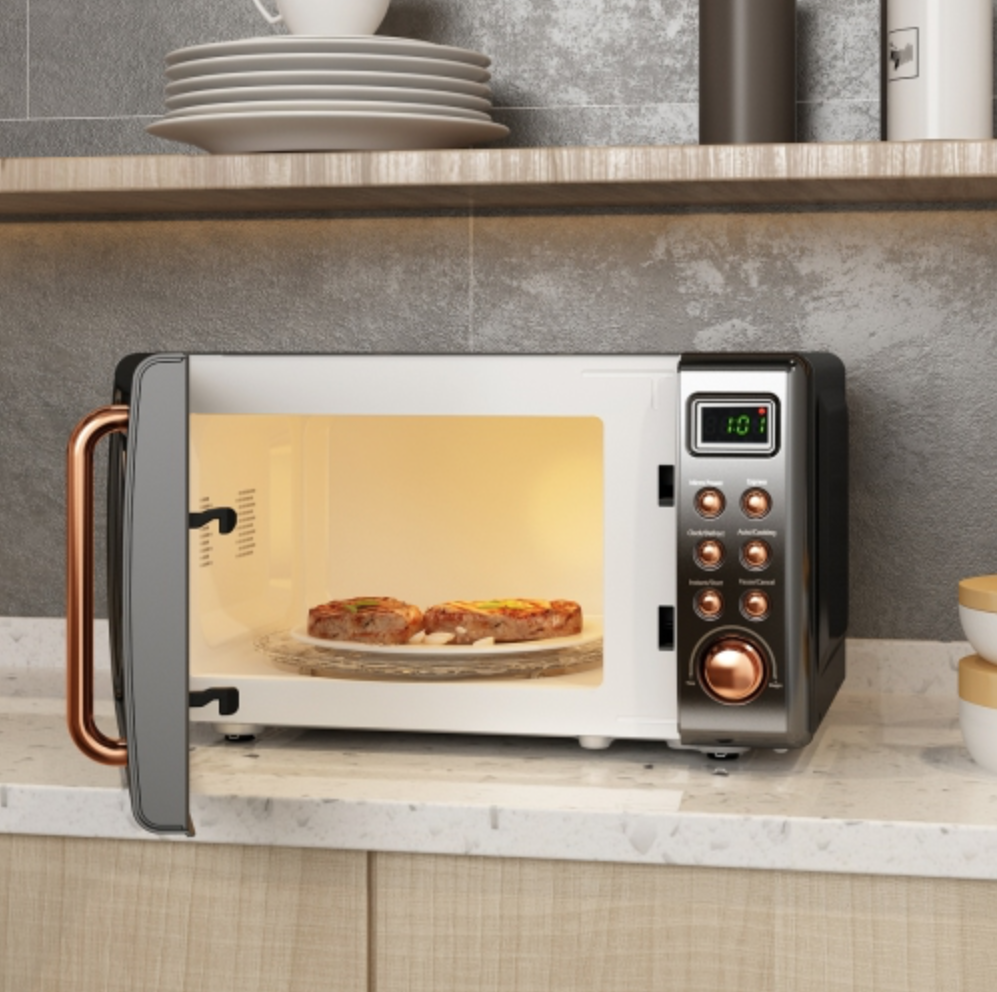
It’s a good idea to begin your process by visualizing where you want to place small appliances before purchasing them. This way, you can ensure that you don’t have to re-jig the entire look of your kitchen to accommodate one item that doesn’t quite fit like you thought it would.
When we moved into our new house, we ended up building a new pantry across an open wall to add more cupboards and provide more storage space. Part of the custom pantry was a spot for our larger-than-typical Wolf convection microwave as well as a wine fridge. Knowing not only what product we wanted (or, in our case, already had) and where we were going to put it made it easier to build without regret.
2.Measure, measure, measure
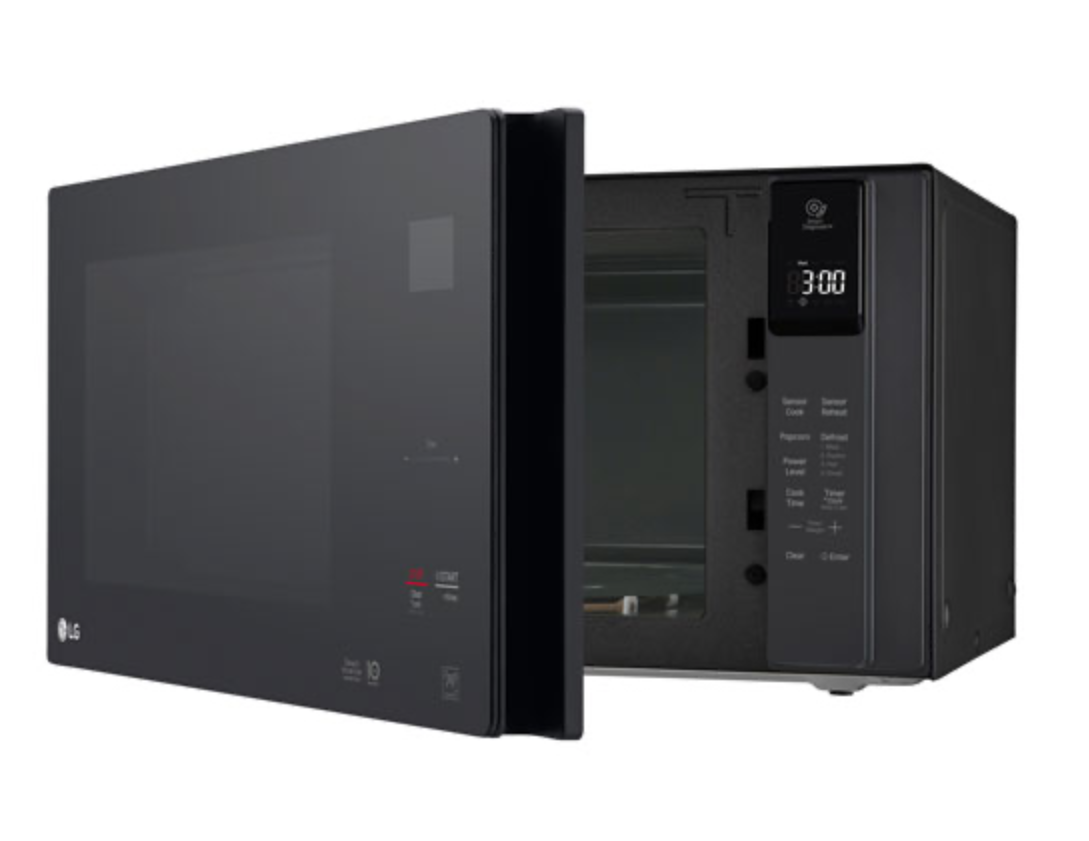
Measure the space where the microwave will go, factoring in not only the maximum microwave size you can get but also leaving some space around it. You will want to have room for the door to swing open, for example, without blocking anything. And you want some breathing room, too. People often focus on length and width but forget about depth. There’s nothing worse than believing a microwave meets the height and width needs in your kitchen only to get it home and realize it’s jutting out over the edge of the counter or shelf.
It might be tempting to opt for the biggest microwave possible but be realistic about what you can fit in your kitchen. It might mean making sacrifices and opting for a smaller model than you had hoped to get. This will prevent you from seeing it on the counter and realizing that it’s just far too big. Or worse, taking it out of the box and discovering that it barely squeezes into a spot. That can result in unsightly and awkward too-small gaps between the wall or cupboard and the edge of the appliance.
3.Cross-reference measurements
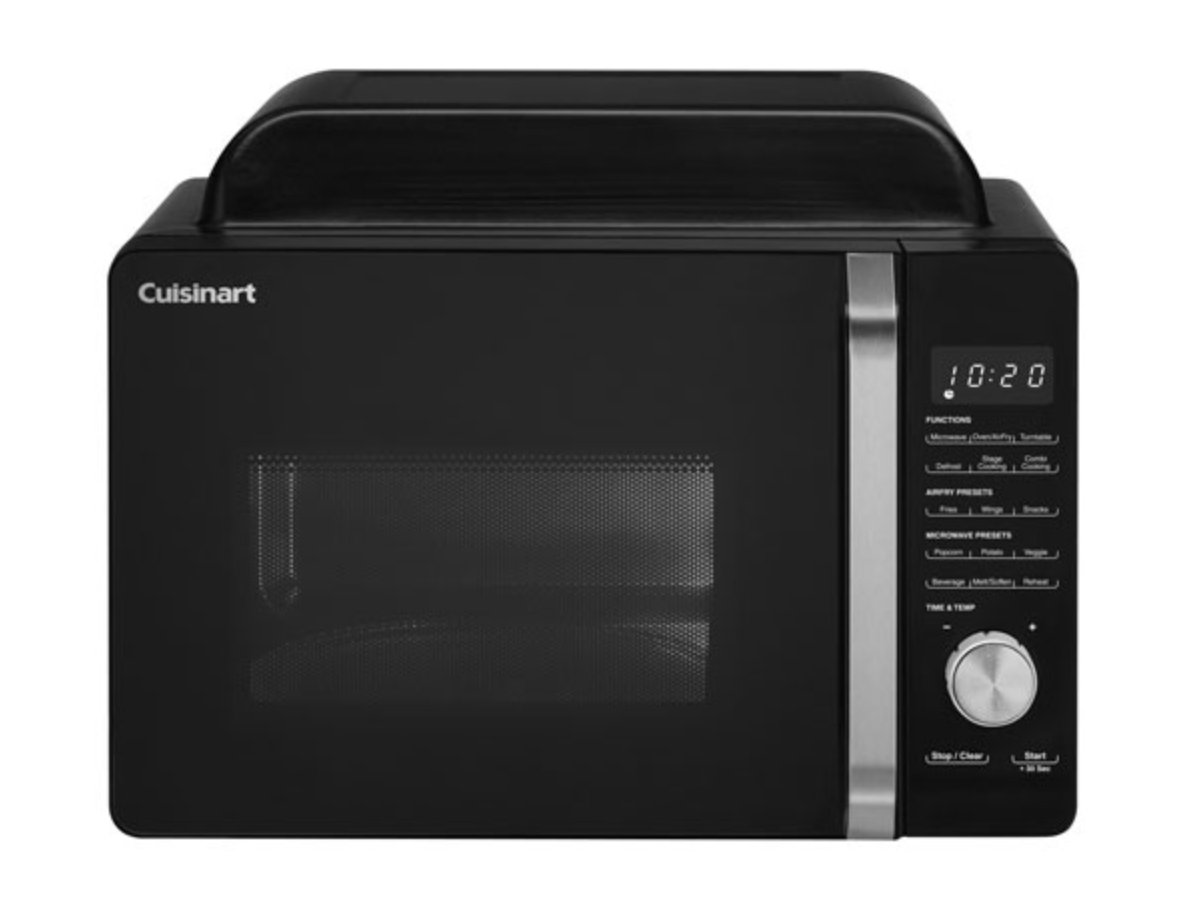
Once you measure the space, look into not only the precise measurements of the microwave itself but also how it works operationally to make sure it will fit nicely. When you open the door, would it hit the stand mixer beside it, for example? Which way does the door swing anyway, and is this what you envisioned? Is there enough height above the microwave for you to be able to reach over and unplug it if needed without pulling the appliance out? Is there slack for the plug to reach the nearest outlet without requiring an extension cord? And if the plug has a large adapter on the end, will it fit behind the pantry if that’s where it will be placed? All of these questions are important to ask before making a final decision.
4.Confirm the size will meet your family’s needs
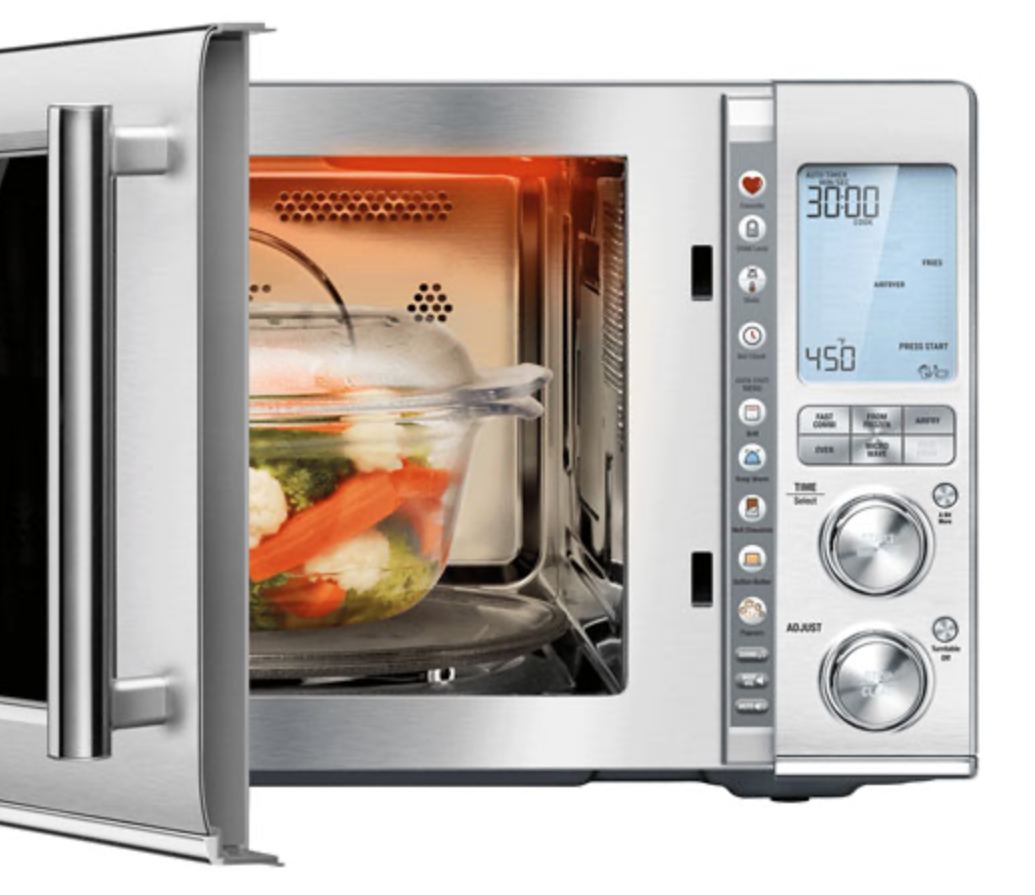
I have never been so happy to have an extra-large microwave than my first year ever hosting Christmas Eve dinner for 20+ family members. I underestimated, however, how long it would take to defrost the massive 20+ lb. turkey in the refrigerator and ended up with a still rock-solid frozen bird on Christmas Eve morning. Thankfully, it fit in the microwave for some rapid defrosting so I didn’t leave everyone hungry.
That personal anecdote aside, it’s important that the microwave not only has the right features to suit your family, whether it’s one-button reheat or preset cook functions, but that it’s also the right cubic foot capacity. It needs to be able to accommodate the items you would most often put in it, including both food and dishware. You might also want to consider opting for a combination microwave and convection oven and/or air fryer and getting rid of a secondary appliance to save space.
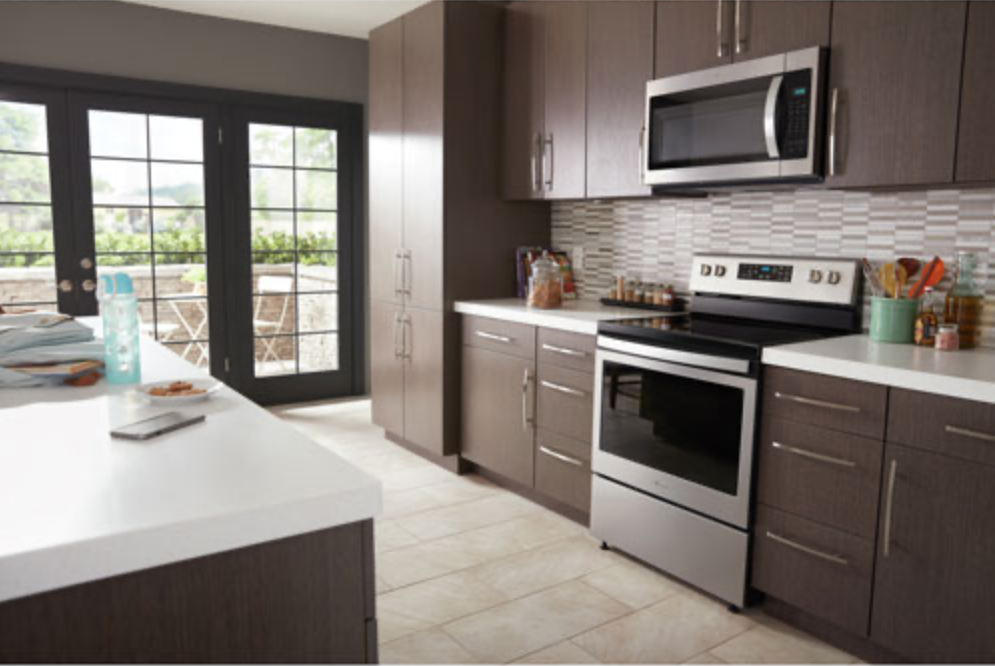
Most standard-sized microwaves should do for the average family, but if you live alone, you might be fine with a smaller one. And conversely, if you have a large family, you might need something that can microwave multiple pizza pockets at once without having to make them in small batches. If your kitchen has minimal counter space, look at an over-the-range microwave to maximize space and keep the microwave above eye level (and away from young kids.) Or, if you’re doing a kitchen renovation, a built-in microwave design might not be a bad idea to further streamline the look of your kitchen.
Check and double check to get the right sized microwave
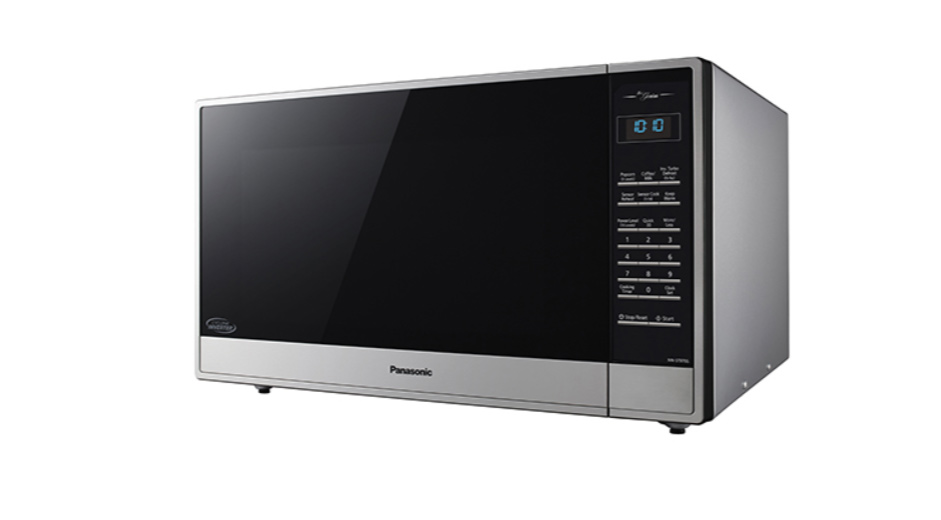
With any big purchase, you want to avoid surprises. And having something that doesn’t quite fit can be really frustrating. You can avoid this by taking detailed measurements ahead of time. Then, cross-reference those with the measurements of the unit itself.
One thing I love to do with larger pieces of furniture is use measuring tape and put down painter’s tape to mark the dimensions. We did this with our dining room table to visualize how it would look in the room, including when the leaf was extended out for entertaining. We wanted to make sure it wouldn’t be too overwhelming. There’s no reason you couldn’t do that on your counter as well to make sure the microwave will fit just right before getting it home and out of the box.
Ready to go through these steps and take the plunge? Check out a wide selection of microwaves at Best Buy Online.



